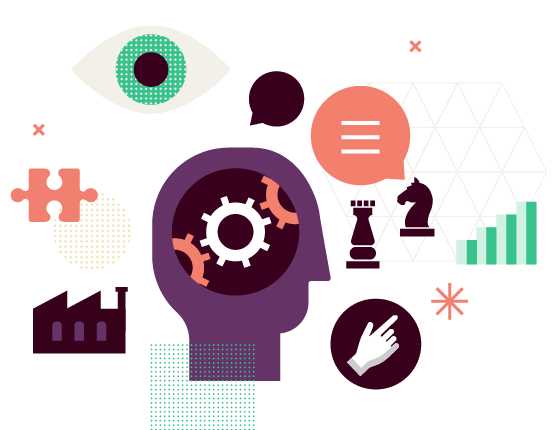Project Summary
This project proposes that Network Science and graph theory can be used to effectively analyse hashtag culture on Instagram.
The relational characteristics of Instagram hashtags can be realised through these techniques and this allows for deeper understanding of conversations and themes found across hashtags.
Approach
To demonstrate this idea I have written a practical and technical walkthrough of how to do this using Python and NetworkX.
Around 37,000 Instagram posts all containing at least one mention of #happiness were scraped from Instagram. All unique hashtags in the corpus (other than #happiness) represented nodes in the graph. Edges were formed between hashtags if they were mentioned together in the same post.
This yielded an undirected ‘Happiness’ graph which was then analysed using community detection and various centrality measures.
Findings
Community detection identified three clusters, interpreted as:
- Aspects of happiness that seem to be about what people do and experience (e.g. ‘#photography, #summer, #travel,#family )
- Aspects of happiness that broadly seem to be about how people think and feel (e.g #life, #motivation, #inspiration, #quotes)
- A third very distinct cluster was entirely about #weddings, #celebrations and #parties
Conclusion & Applications
This approach has shown that graph theory can be a very intuitive and useful way to explore social media metadata such as hashtags. Its application could be in two immediate areas:
- We might want to graph thematic entities e.g people posting about sustainability, Brexit, Coronavirus
- We could use graphs to model and understand the conversation around specific brands, events and places



